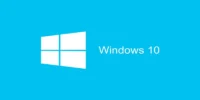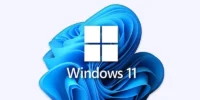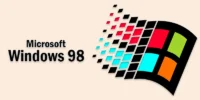Freeware Definition, Example, Types, History, and Advantages
Published: 12 Jan 2025
Freeware Basics
Did you know that over 80% of computer users rely on freeware daily without even realizing it? Freeware, as the name suggests, refers to software that is entirely free to use, offering a budget-friendly solution to many.
But how often have you wondered, ‘Is free software really safe and reliable?’ For users tired of hefty software costs or limited trial versions, freeware stands out as an accessible and cost-effective option. Freeware opens up endless possibilities for all users, be they professionals, students, or casual users—all for free.
What is Freeware?
Software that is freely accessible and can be downloaded and used without charge is known as freeware. Unlike paid software, freeware doesn’t require a subscription or one-time payment. However, it may have limited features or be supported by ads. Freeware is often created by developers who want to share their work with others or promote their products.
Freeware Example
- VLC Media Player: A well-known media player that works with a number of music and video formats is VLC.
- Google Chrome: A quick and easy-to-use web browser.
- CCleaner: A tool to clean and optimize your computer by removing unnecessary files.
- GIMP: A powerful image editing software, often seen as a free alternative to Photoshop.
- LibreOffice: A free office suite with word processing, spreadsheets, and presentations.
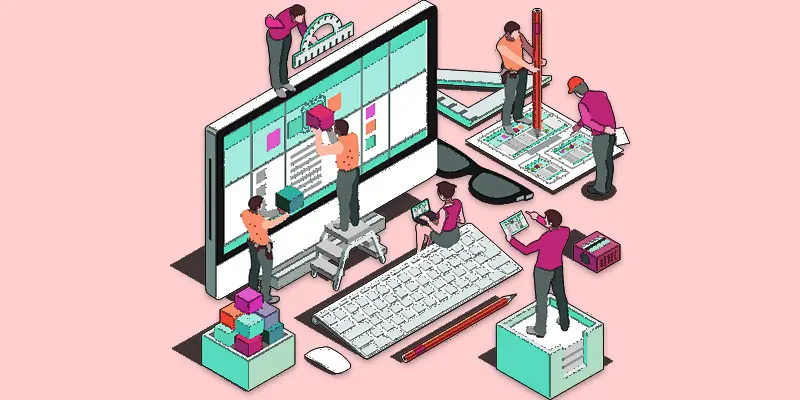
History of Freeware
The history of freeware dates back to the early 1980s when software developers began sharing their programs for free. It started with hobbyists and enthusiasts who wanted to make their work accessible to others. As the internet grew in the 1990s, freeware became easier to distribute, helping it reach a global audience.
In 1995, Andrew Fluegelman coined the term “freeware” to describe software that users could download and use without paying. This was a key moment in defining freeware as a category of software. By the late 1990s, websites like Tucows and CNET helped popularize freeware by offering platforms for downloading.
As technology evolved, freeware started overlapping with open-source software, where users could not only use the software for free but also modify it. The rise of mobile apps and cloud-based software in the 2000s showed how freeware had grown beyond just computer programs, making it a key part of the digital world today.
Types of Freeware
Freeware comes in many forms, offering various features and functions, depending on the needs of users. Different types of freeware cater to specific tasks, from media players to productivity tools.
Here’s a list of common types of freeware:
- Media Players
- Antivirus Software
- Office Suites
- Graphics Editing Software
- Web Browsers
Media Players
- Media players are software applications used to play audio, video, and multimedia files.
- They support a variety of file formats and offer tools for controlling playback.
- Example: VLC Media Player is a widely used, free media player known for supporting almost every audio and video format.
Antivirus Software
- Antivirus software is like a security guard for your computer, constantly watching for and blocking threats. It scans for viruses, malware, and other harmful programs to keep your device safe.
- Example: Avast Free Antivirus is a popular free antivirus tool that helps protect computers from various types of malware.
Office Suites
- Office suites are collections of software programs designed to help users with tasks like creating documents, managing spreadsheets, and delivering presentations.
- Example: Word processing, spreadsheet, and presentation software are all included in the free office suite LibreOffice.
Graphics Editing Software
- Graphics editing software allows users to create, modify, and enhance visual content, such as images and illustrations, through various tools and features.
- Example: GIMP is a free graphics editing program that may be used for graphic design, picture composition, and photo retouching.
Web Browsers
- Users can see websites, interact with online information, and download files using web browsers, which are software programs used to access and explore the internet.
- Example: A popular online browser, Google Chrome is renowned for its speed, ease of use, and compatibility with a wide range of web technologies.
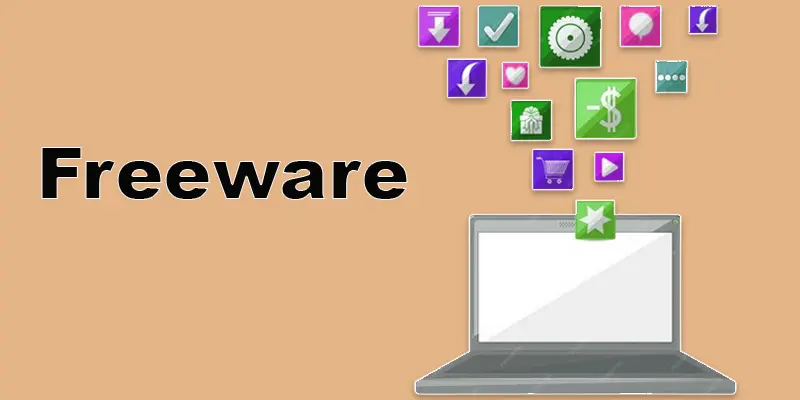
Benefits of Using Freeware
Using freeware offers numerous advantages, especially for those looking for high-quality software without spending money. Freeware can help users access powerful tools without any financial commitment.
- No cost to use
- Access to a wide range of features
- Regular updates and improvements
- User-friendly and easy to install
- Available for various platform and devices
No cost to use
One of the biggest benefits of using freeware is that it comes at no cost. You can access powerful tools and software without spending any money, making it ideal for users on a budget or those who want to try out software before committing to paid versions.
Access to a wide range of features
Freeware often provides access to a wide range of features that can meet most users’ needs. Despite being free, many freeware programs offer powerful tools and functionalities, allowing users to perform tasks that would otherwise require expensive software.
Regular updates and improvements
Many freeware programs receive regular updates and improvements, ensuring they stay up-to-date with the latest features and security patches. This helps enhance their performance and provides users with a better, more reliable experience over time.
User-friendly and easy to install
Freeware programs are often designed to be user-friendly and easy to install. With simple installation processes and intuitive interfaces, they allow users to get started quickly without the need for technical expertise.
Available for various platform and devices
Freeware is accessible to a broad spectrum of consumers since it is frequently available for numerous platforms and devices. Whether you’re using Windows, macOS, or Linux, or even mobile devices, you can find compatible freeware that suits your needs.
Limitations and Risks of Freeware
While freeware has numerous advantages, users should be aware of its hazards and restrictions. These drawbacks can affect the software’s performance, security, and overall experience.
10 Important Limitations and Risks of Freeware You Should Know
- May include ads or unwanted toolbars.
- Limited customer support.
- Often lacks advanced features found in paid versions.
- Potential security vulnerabilities.
- Can be bundled with other software (e.g., spyware).
- Frequent updates may not always be available.
- May not have full compatibility with all systems.
- No guarantees for data protection.
- Risk of poor-quality performance or bugs.
- May contain limited customization options.
Tips for Safely Using Freeware
When using freeware, it’s important to take precautions to ensure your device and personal data remain safe. By following a few simple tips, you can enjoy the benefits of freeware while minimizing risks.
Top 10 Tips for Safely Using Freeware and Avoiding Common Risks
- Download software only from trusted and official websites
- Check for reviews and ratings before installing
- Keep your antivirus software up-to-date
- Be cautious of additional software or toolbars during installation
- Avoid downloading freeware from unreliable sources
- Regularly update freeware to fix bugs and security issues
- Use a firewall to protect your system while running freeware
- Read the permissions and privacy policies of the software
- Back up important data before installing new software
- Uninstall any unused or unnecessary freeware to keep your system clean
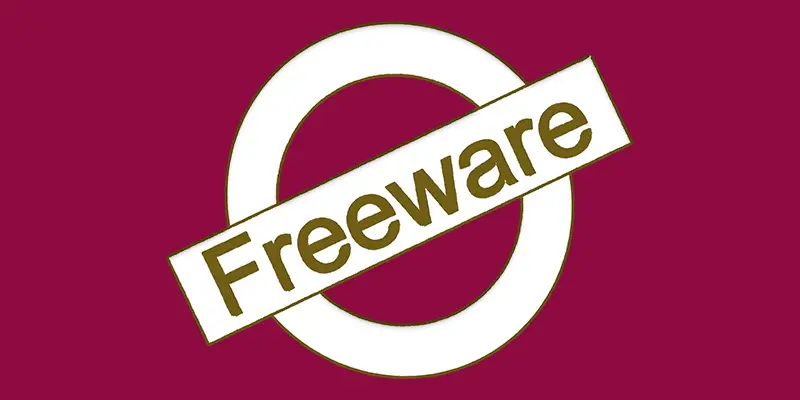
Conclusion about Freeware
Freeware offers endless possibilities for students, professionals, and casual users—all without costing a penny. Personally, I recommend starting with trusted software like VLC or LibreOffice to see how it can improve your daily tasks. Take advantage of the many free tools available, and explore what works best for you. Ready to dive in? Begin exploring trustworthy freeware today and unlock a world of new possibilities at no cost!
FAQS – Freeware Software
Most freeware is free to use, but it might not always remain free. Developers may add paid versions or limit certain features over time. It’s important to check for any updates or changes to pricing before using the software long-term.
Freeware typically comes with restrictions on modifications, especially if it is copyrighted. Some freeware might allow limited customization, but you usually can’t alter the core code. Always check the software’s terms of use to see if modifications are allowed.
If freeware contains ads, you can try to find a version without ads or use an ad blocker. However, remember that ads may help support the developers. If the ads are too intrusive, you may want to look for alternative software.
Freeware is often created by independent developers, small companies, or hobbyists. Sometimes, larger companies release free versions of their paid software to attract new users. The goal is usually to offer useful software without charging for it.
Freeware is different because it’s free to use and doesn’t require payment for basic functionality. However, it might come with limitations like ads, fewer features, or less customer support compared to paid software. Freeware is a good choice if you need basic tools without spending money.
Freeware is popular because it offers useful software without the cost. It allows users to access high-quality tools and services that would otherwise be expensive. Many people prefer freeware for its affordability and easy access to basic features.

- Be Respectful
- Stay Relevant
- Stay Positive
- True Feedback
- Encourage Discussion
- Avoid Spamming
- No Fake News
- Don't Copy-Paste
- No Personal Attacks

- Be Respectful
- Stay Relevant
- Stay Positive
- True Feedback
- Encourage Discussion
- Avoid Spamming
- No Fake News
- Don't Copy-Paste
- No Personal Attacks


